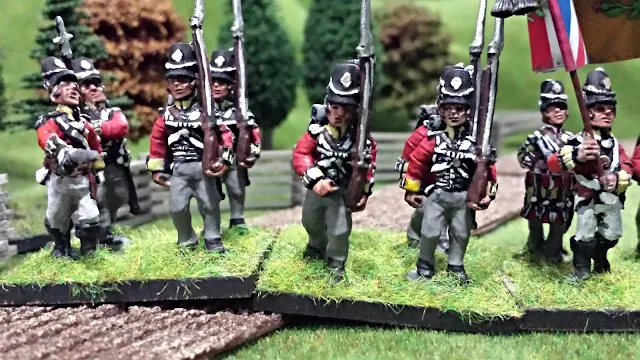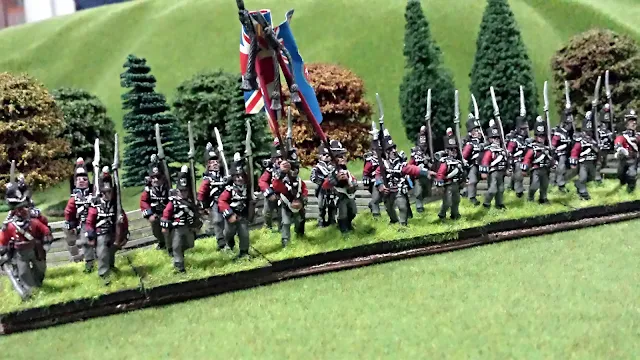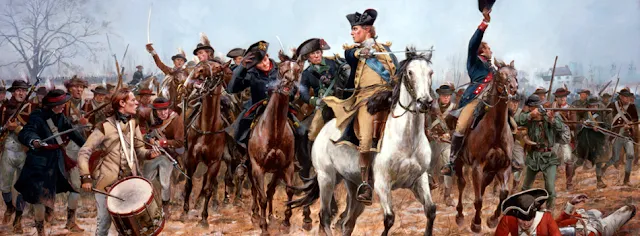In March 1813 the Canadian Legislature created the Volunteer battalion of Incorporated Militia of Upper Canada. Volunteers were to be equipped, trained and paid as Regulars, and to serve for the duration of the war. Most of the men came from the militia and had served in a previous campaign. During its first year of existence the Incorporated Militia saw action at Fort York, Fort George, The capture of Fort Niagara, the burning of Buffalo, the raid on Madrid (New York), and numerous other small skirmishes. In March 1814 the ten existing companies of the Incorporated Militia were assembled at York and amalgamated into a single battalion under Lt-Col. Wm. Robinson (8th Regiment).

On July 6th, 1814, the Battalion sailed to Fort George and were assigned to the Light Brigade. After a few skirmishes with Americans, they were ordered forward on July 25th to assemble along the hill by Lundy's Lane. The IMUC were placed on the far left of the British line holding left the flank. The battle began around 6 PM and continued in the dwindling light as both sides committed reinforcements. Around sunset the American 25th Regiment succeeded in getting around the British flank and hit the IMUC on its flank. The IMUC did not break but fell back in reasonably good order, rallied and returned to the fight . The battle raged through the night until both side were exhausted and left the field. The IMUC lost one Ensign and six men killed; four officers and 39 men wounded; five officers, three Sergeants and 14 men prisoners; 75 missing (most of the who turned up over the next few days).

During the winter, the Legislative Assembly passed a series of acts to expand and improve the Incorporated Militia. It was also planned to change the uniform to a more practical green and they be allowed to bear "Niagara" upon their colours and appointments. But with the ending of the War, the Incorporated Militia was disbanded on March 10th, 1815. In 1821, the Battalion was finally presented with a set of colours, which were lodged in the care of the York Militia. They are currently in the National War Museum in Ottawa.

In creating the Volunteer Battalion of Incorporated Militia of Upper Canada (is that a great name or what!) I used the Knuckleduster miniatures. As there are conflicting information on its uniform I followed Forrest Harris's advice. They were to be issued regular uniforms faced green. Later in the summer 1814 the facings were to be changed to blue. Although blue cloth was sent it is unknown if they made the change. To make the unit look more interesting I painted officers with the new blue facings (since they provided their own uniforms) but left the rank and file in green facing's. There are some suggestions the battalion received left over stove pipe shakos; round hats were very popular so I mixed the headgear, again to make the unit more interesting and stand out on the tabletop.

The Incorporated Militia of Upper Canada added a dash of color to my tabletop army. They blend with the regulars, but look slightly different. As part of 2nd or Light Brigade with the 2nd Lincoln militia and Glengarry Light Infantry and occasionally Norton's Indiands this will be a fun command!
If you would like to learn more about this fine regiment I suggest "Redcoated Ploughboys" by Richard Feltoe.





















































